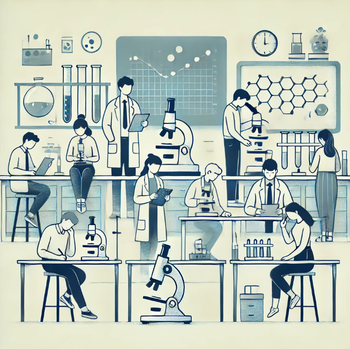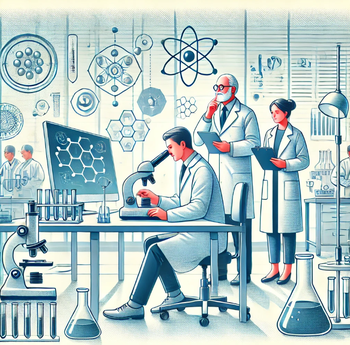
The courses collectively offer a comprehensive and multidisciplinary understanding of the scientific, chemical, and technical aspects of cultural heritage preservation and restoration. Together, they empower students with the necessary skillsand knowledge to address the complex challenges involved in safeguarding cultural artifacts and historic properties against environmental, chemical, and biological risks.
Holistic Understanding of Cultural Heritage and its Vulnerabilities
The courses provide a detailed understanding of the factors that affect cultural heritage, from atmospheric pollution and microclimatic impacts to biodeterioration and material-specific aging. Students gain insight into how historical and modern environmental factors, including climate change, contribute to the deterioration of materials like stone, ceramics, pigments, and metals. This understanding is crucial for planning sustainable conservation strategies that are both preventive and remedial.
Expertise in Material Characterization and Restoration Science
Detailed modules on the chemical and physical properties of pigments, binders, varnishes, adhesives, consolidants, and protective coatings offer students a deep understanding of heritage materials. By exploring degradation behaviors and conservation techniques, the curriculum ensures that students are equipped to restore and preserve artifacts effectively using advanced materials like nanostructured hydroxides, gels, and emulsions.
Cross-Disciplinary Integration of Chemistry, Biology, and Environmental Science
The inclusion of chemometrics, environmental monitoring, and biological studies introduces an interdisciplinary approach, vital for addressing the multi-faceted nature of cultural heritage conservation. Students learn to assess environmental risks, evaluate the impact of pollution, and mitigate biological colonization using eco-friendly solutions, blending scientific rigor with sustainability.
Global Perspective on Conservation
The courses provide an international framework for understanding conservation challenges, from climate-induced damage to adaptive strategies for protecting cultural heritage. This broad perspective is complemented by in-depth knowledge of local materials, restoration techniques, and historical contexts, fostering both global and regional expertises.
Collaboration Across Disciplines
The structure of the courses encourages collaboration between conservation scientists, art historians, archaeologists, and restorers. This interdisciplinary teamwork mirrors real-world conservation projects, preparing students to contribute effectively to large-scale, multi-stakeholder initiatives.
Preparation for Advanced Research and Career Opportunities
The program prepares students for roles in academic research, museum curation, conservation science, and heritage management. With its focus on advanced materials, analytical methods, and sustainable practices, the curriculum equips graduates with a competitive edge in the evolving field of cultural heritage preservation.
The integration of all courses provides a robust educational foundation for future cultural heritage professionals. Students not only acquire the scientific and technical skills necessary for diagnosing and treating the materials of cultural artifacts but also develop a deep appreciation for the historical, environmental, and societal importance of conservation. This comprehensive approach ensures that graduates are well-prepared to safeguard humanity’s shared cultural legacy for future generations.



